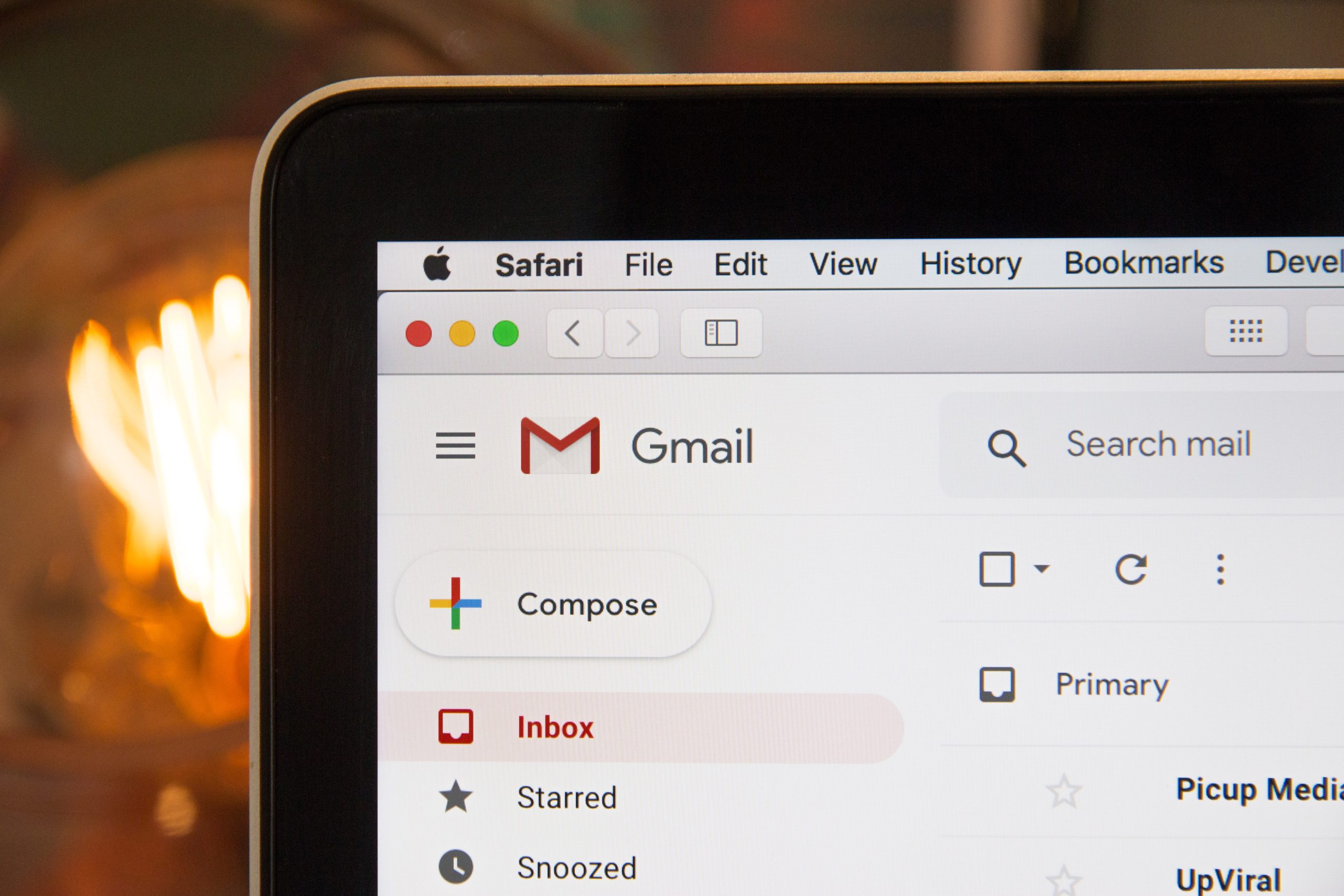It can be hard to keep up the massive numbers of emails, texts, and instant messages we receive these days. Even though it often seems more efficient to breeze through all of your missed notifications, you need to be careful — some of these messages might not be so friendly.
If you aren’t already familiar with phishing, perhaps you know about catfishing, the act of pretending to be someone you’re not online to deceive someone else. Phishing isn’t unlike catfishing, but instead of pretending to be a friendly face, a scammer pretends to be a trusted organization, like a bank or government agency.
The goal? To trick you into providing sensitive information like credit card digits and social security numbers, so they can make some money off of your information.
Phishers, like fishermen, want to catch a prize marlin. Instead of heading out to the water, however, they turn to the internet. The fish? That’s you. The bait? Email, texts, instant messages.
These bad actors send messages to their targets that at first appear legitimate — you might get an email from your “bank” asking you to update your security information, or a text from a “government agency” asking for your social security number as “verification.”
Both messages might include links to websites for you to fulfill their requests. These sites, like the senders themselves, are fake. Any information you enter on these sites will not go to trusted sources, but directly into the hands
So, how do you avoid getting scammed? One of the best ways to is to analyze how the sender addresses you in the message. Many official organizations include some information that a phisher wouldn’t know, like your personal username. If the email or text begins with a vague “Dear Bank Customer,” that’s a giant red flag.
If in doubt, contact the company that the email claims to represent. If your bank, credit card company, or an agency really need you to provide or update information, they’ll be able to verify that for you directly.
Cover photo by Stephen Phillips – Hostreviews.co.uk on Unsplash



